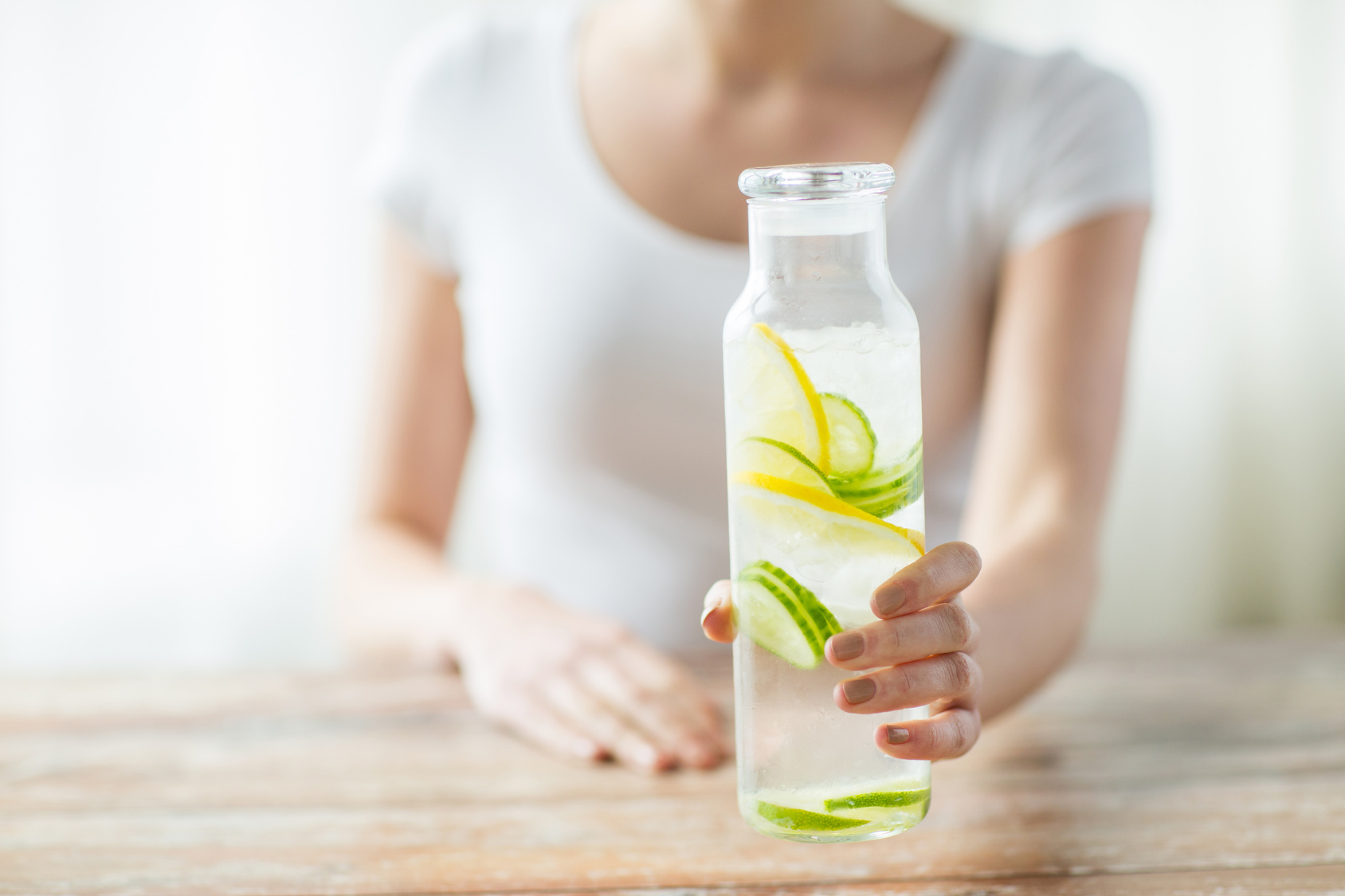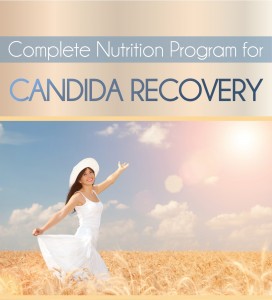Water. We all know we need to drink more of it for health, detoxification, weight loss and so much more. But did you know that toxins in your water like lead and nitrates can can cause stress to your liver, and that fluoride in your water can be damaging your thyroid, leading to weight gain, fatigue, and depression?
Recently, the Environmental Working Group (EWG) reviewed 20 million water-quality tests from the past five years and found that 85 percent of the population is drinking water that contains 316 contaminants. About 200 of those contaminants are not regulated by the Environmental Protection Agency, meaning that municipalities are not required to remove them. One example is perchlorate, a component of rocket fuel that was recently detected by the CDC in nearly ALL Americans tested. It is an unregulated chemical and it interferes with the body’s thyroid-hormone production, potentially leading to metabolic disorders and diabetes.
People make a lot of assumptions when it comes to their drinking water, figuring “there must be laws that prevent toxins from being in my water, I’m sure it’s fine”. But in reality the Safe Drinking Water Act is incredibly outdated. The New York Times reported that not a single contaminant has been added to the act’s list of regulated chemicals since 2000! And even more dangerous is that even where recent research has shown that certain chemicals are much more dangerous than previously thought, the standards for regulating those dangerous chemicals has not changed since 1974 when the law went into effect.
The EWG reported that the 10 worst water districts in the US are: Pensacola Florida, Riverside California, Las Vegas Nevada, Riverside County California, Reno Nevada, Houston Texas, Omaha Nebraska, North Las Vegas Nevada, San Diego California and Jacksonville Florida.
Your best defense against these pollutants is a high quality water filter, not bottled water which often comes from those same polluted municipal supplies.
Your Guide to Clean Water:
1. Know YOUR water. Find out exactly what contaminants are in your water. For example, find out if your water supply add fluoride which is a known endocrine disruptor and will damage your pineal gland. You can go to the EWG’s database to find out what specific pollutants are in your water. You can also get a Consumer Confidence Report, which is an annual report that all municipal water suppliers are required provide free to the public. You can also get the water in your home tested specifically for things like lead in your pipes.
2. Get a Filter. There are carbon filters you can get as faucet mounts, or that can be combined with ceramic filters or reverse-osmosis filters to remove more chemicals. There are also whole-house units like Tensui that filter all the water used for drinking, showering, and washing your clothes. Things to know before you buy a filter are what contaminants will be removed, and by which method. Reverse Osmosis systems that mount under the counter are often a good choice to remove most contaminants including fluoride, and some less expensive counter-top models can be good if you have no fluoride in your water supply. Whole house systems are the best in terms of making sure that you are not over-exposing yourself to chlorine in the bath and shower, a good idea since chlorine has been directly linked with increased risk of cancer.
I personally don’t recommend the pitcher-style filters because all they do is reduce the amount of chlorine and make the water taste a little better. The same goes for the “alkalizing” water systems which are expensive and in many cases do not filter out some of the more toxic chemicals. The EWG has a great database of reverse osmosis systems for you to do some research!











